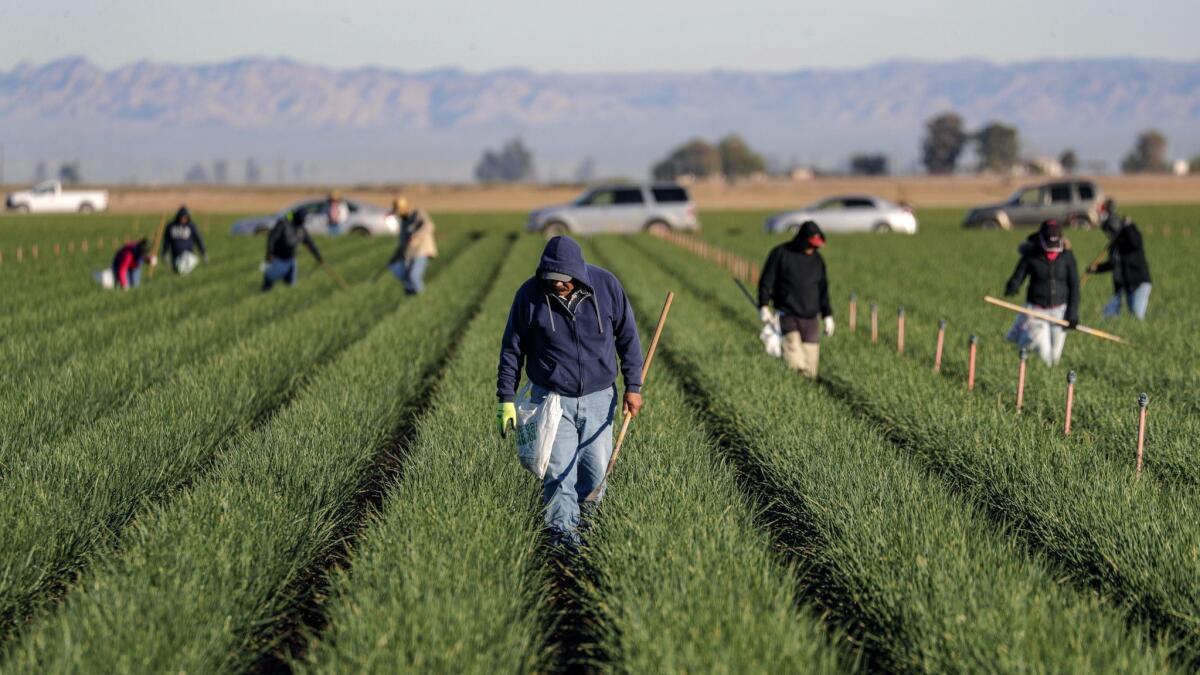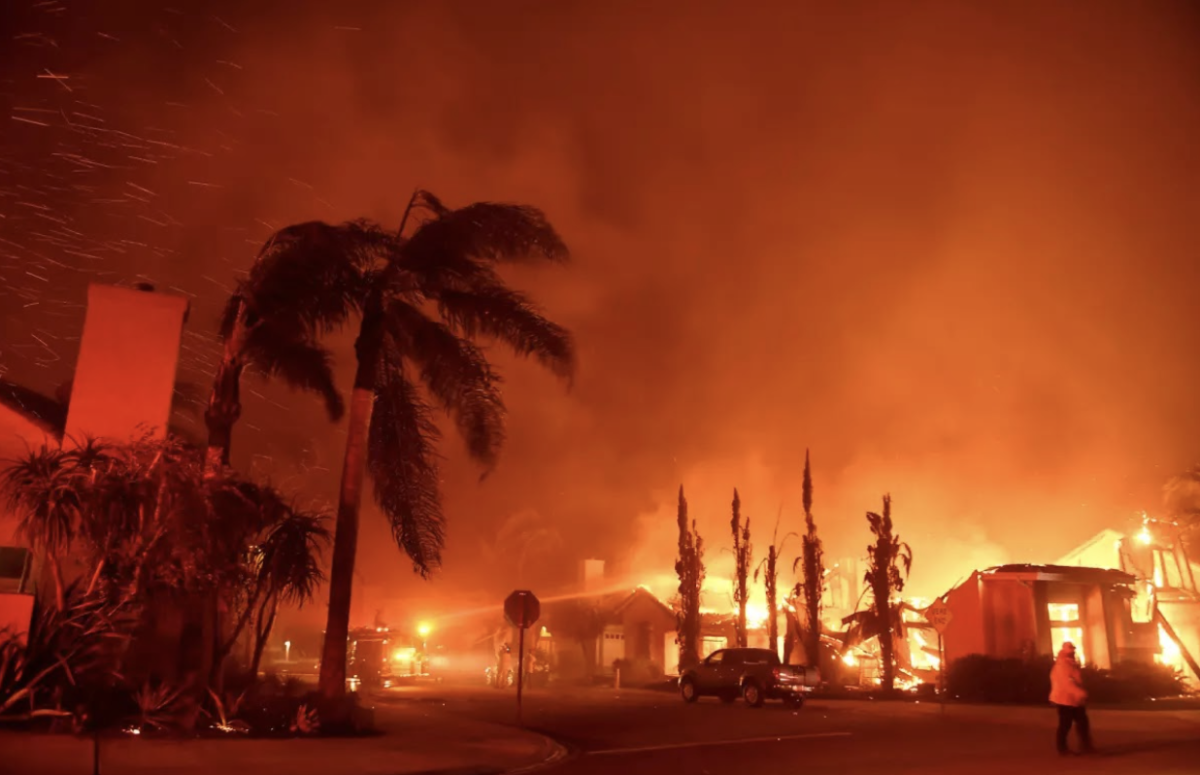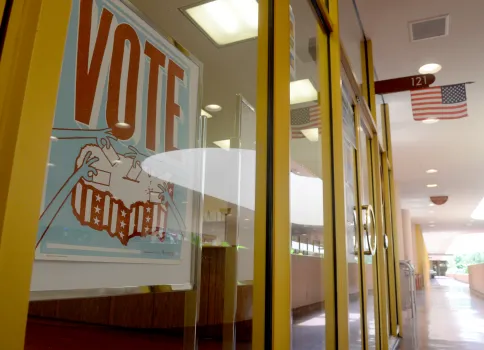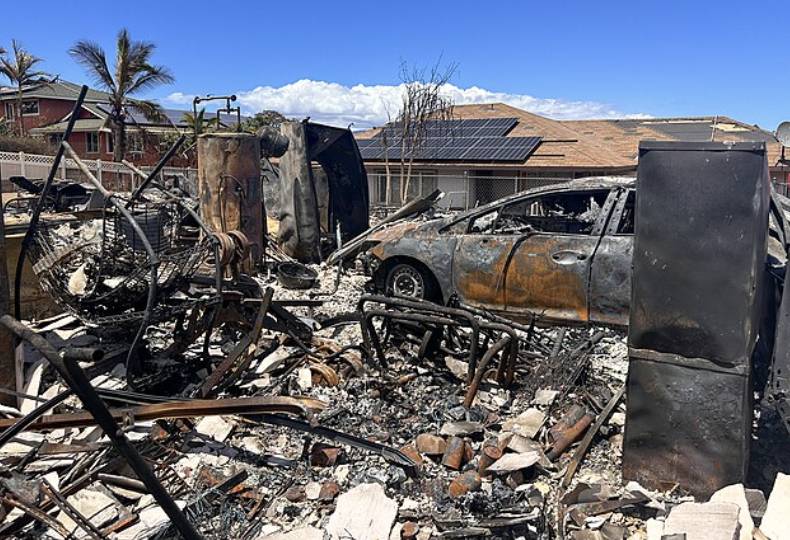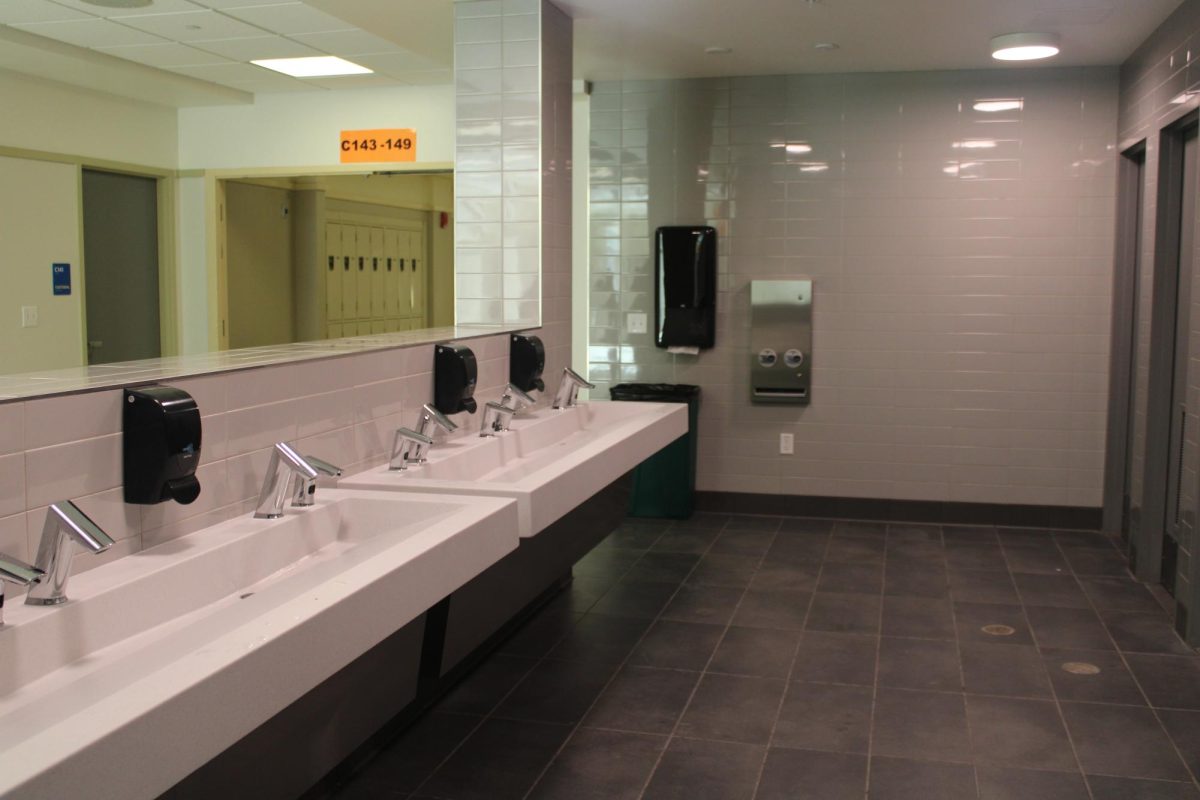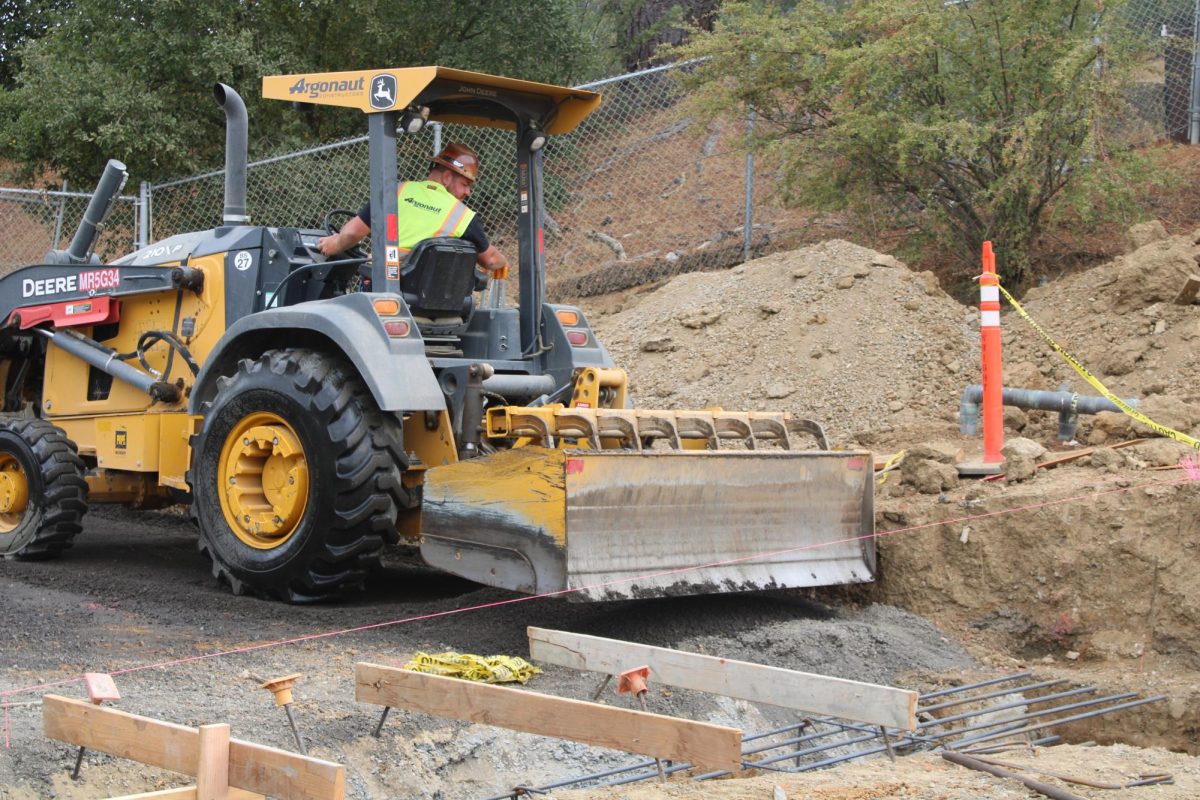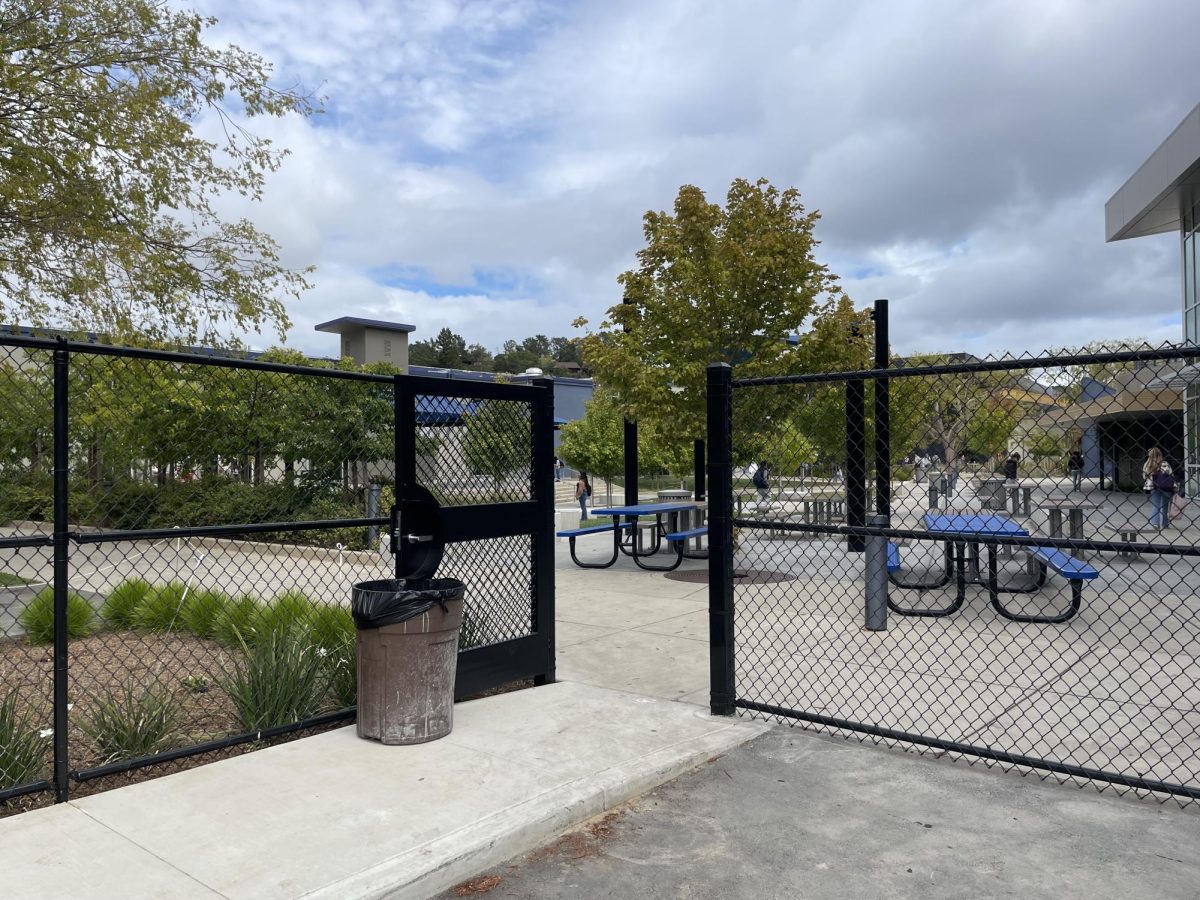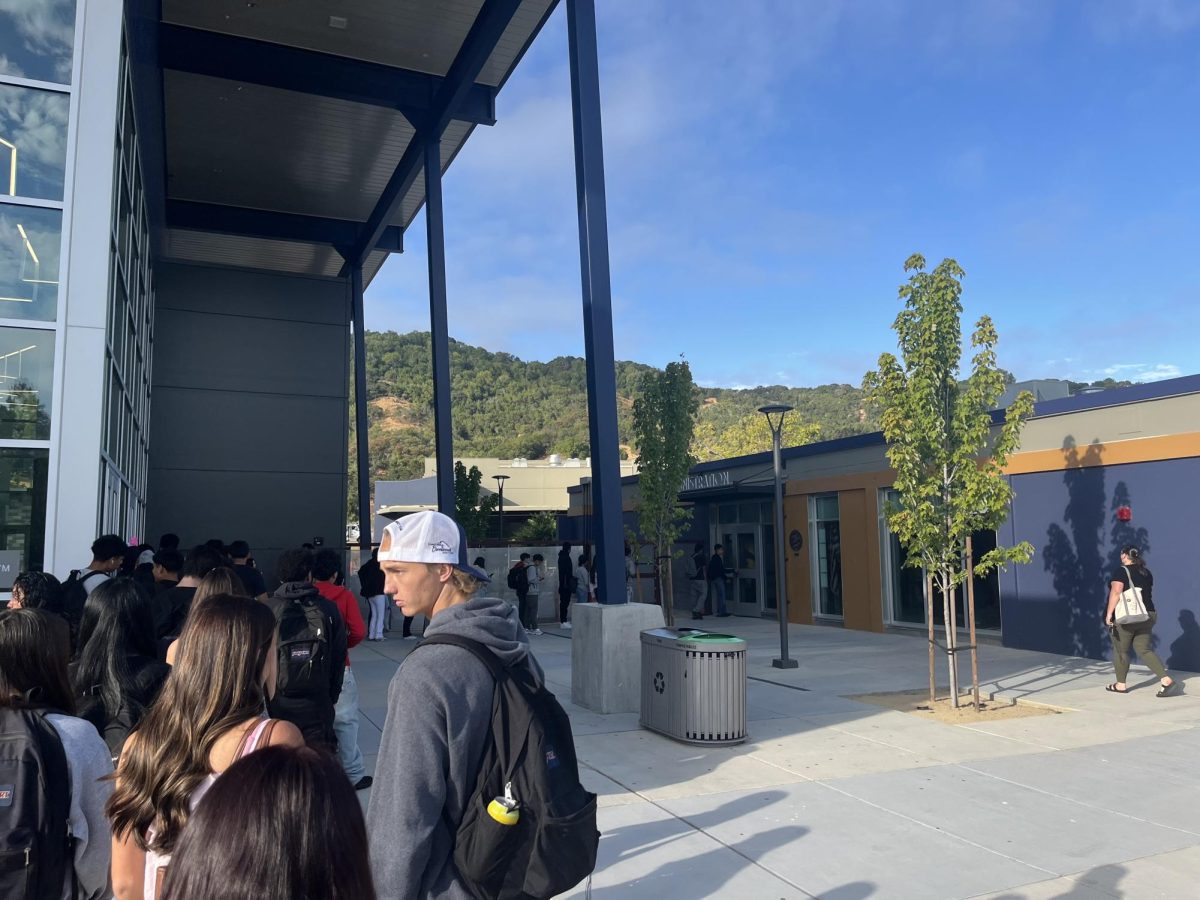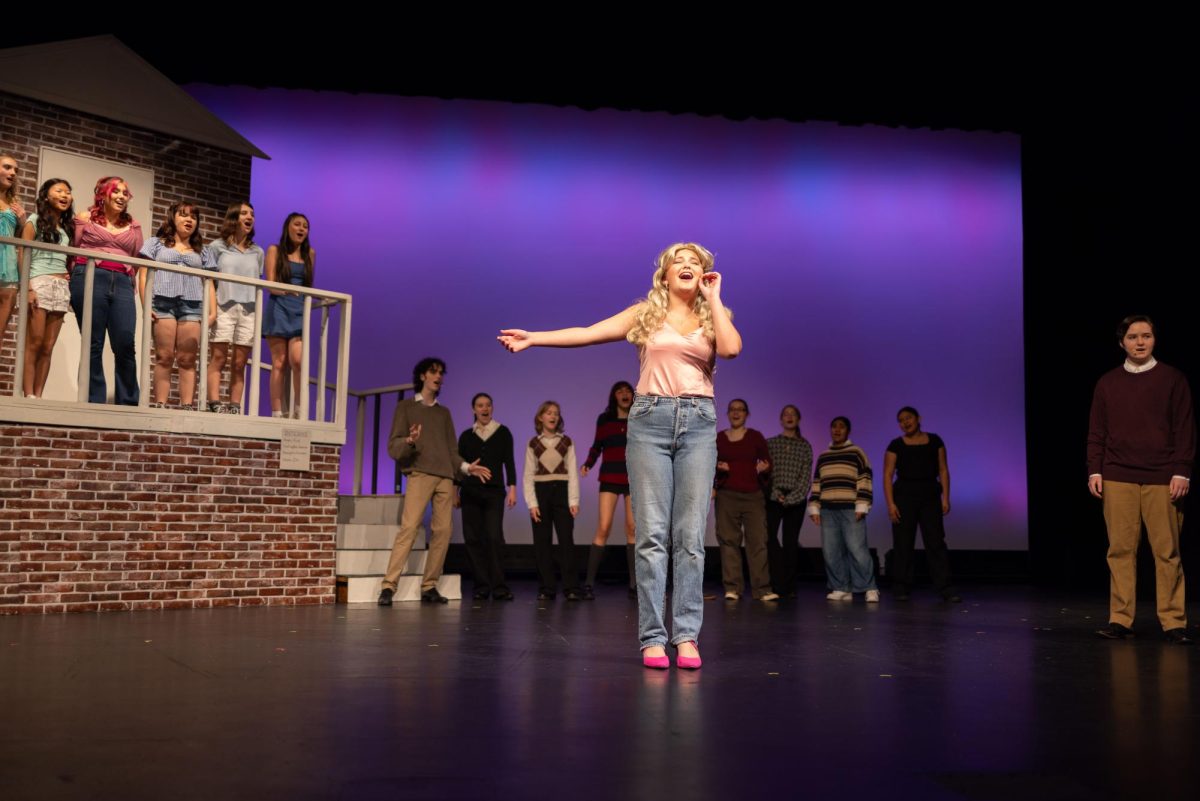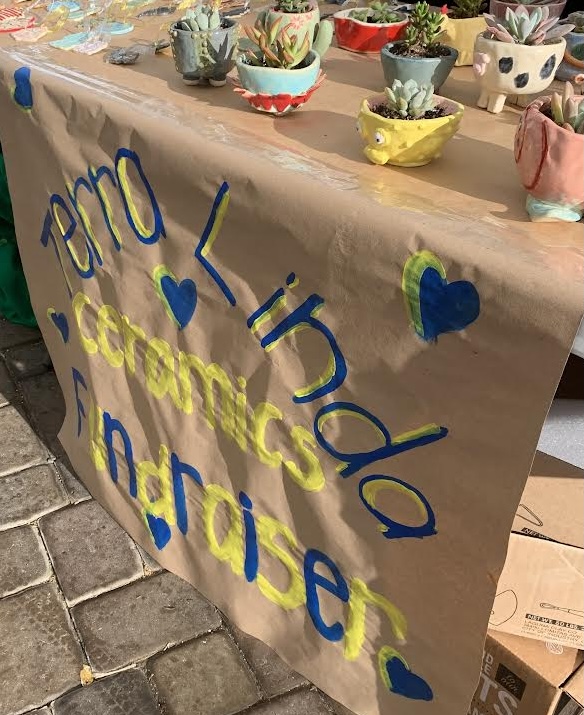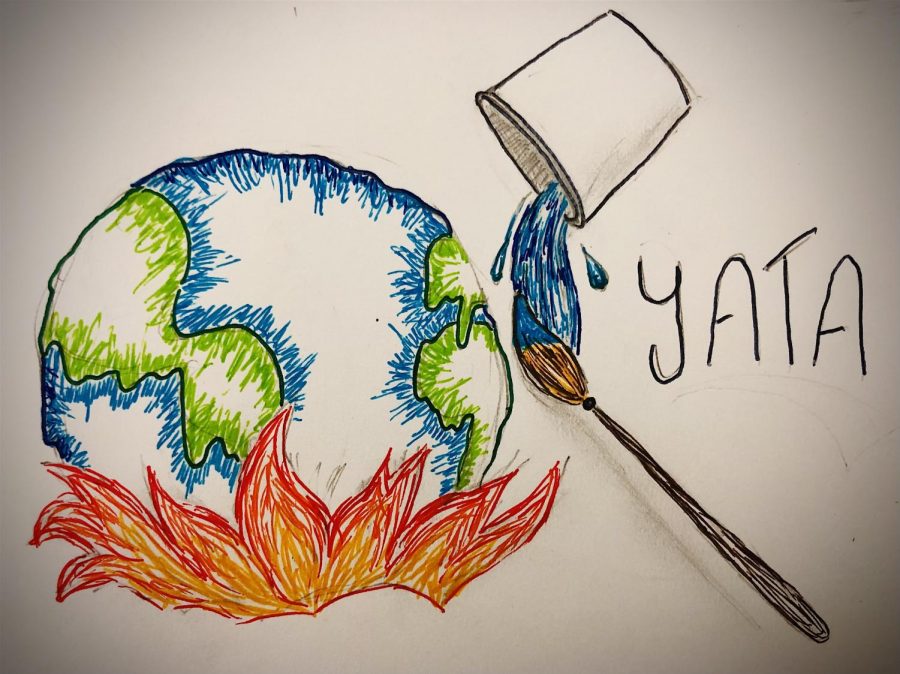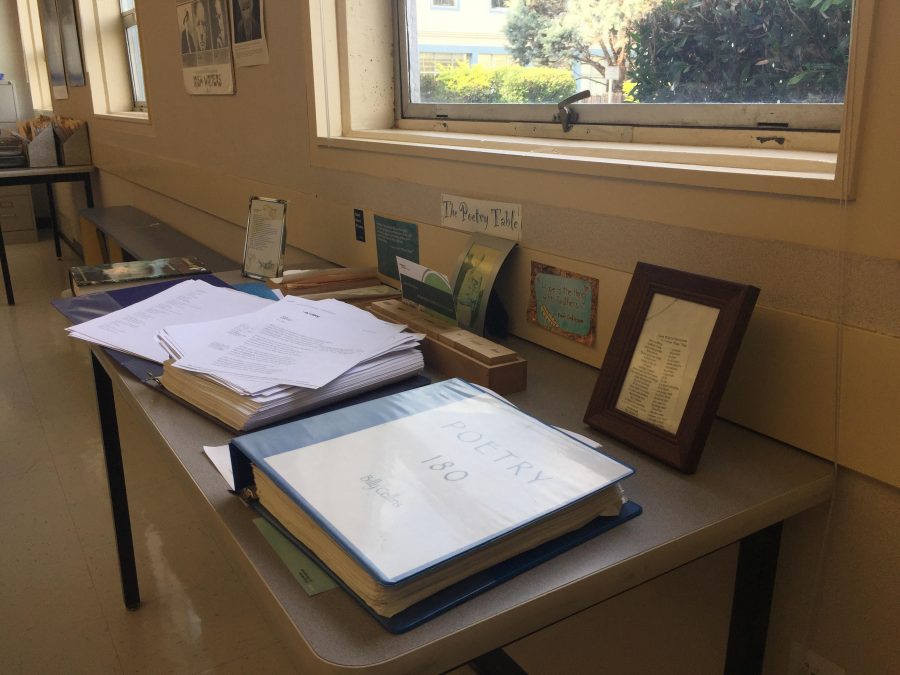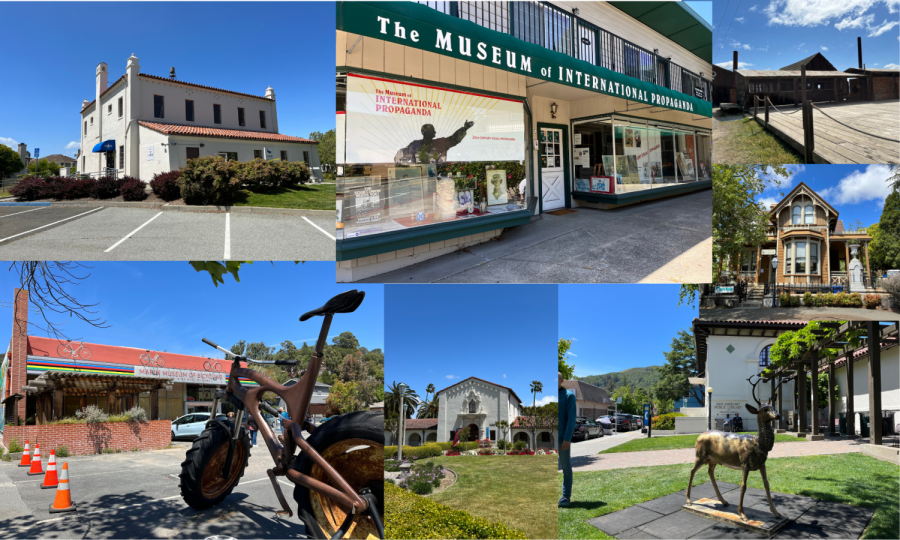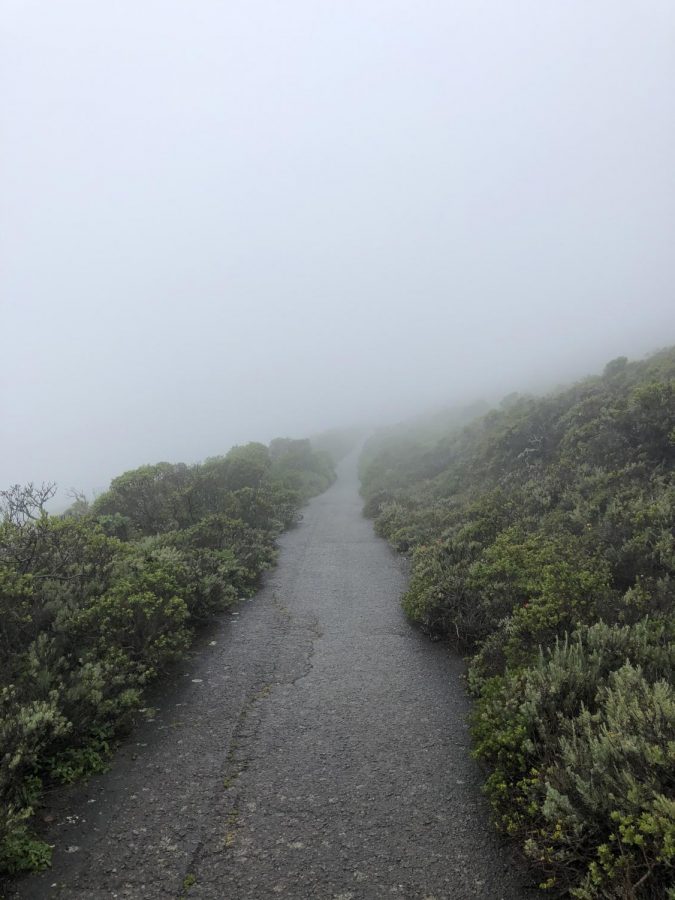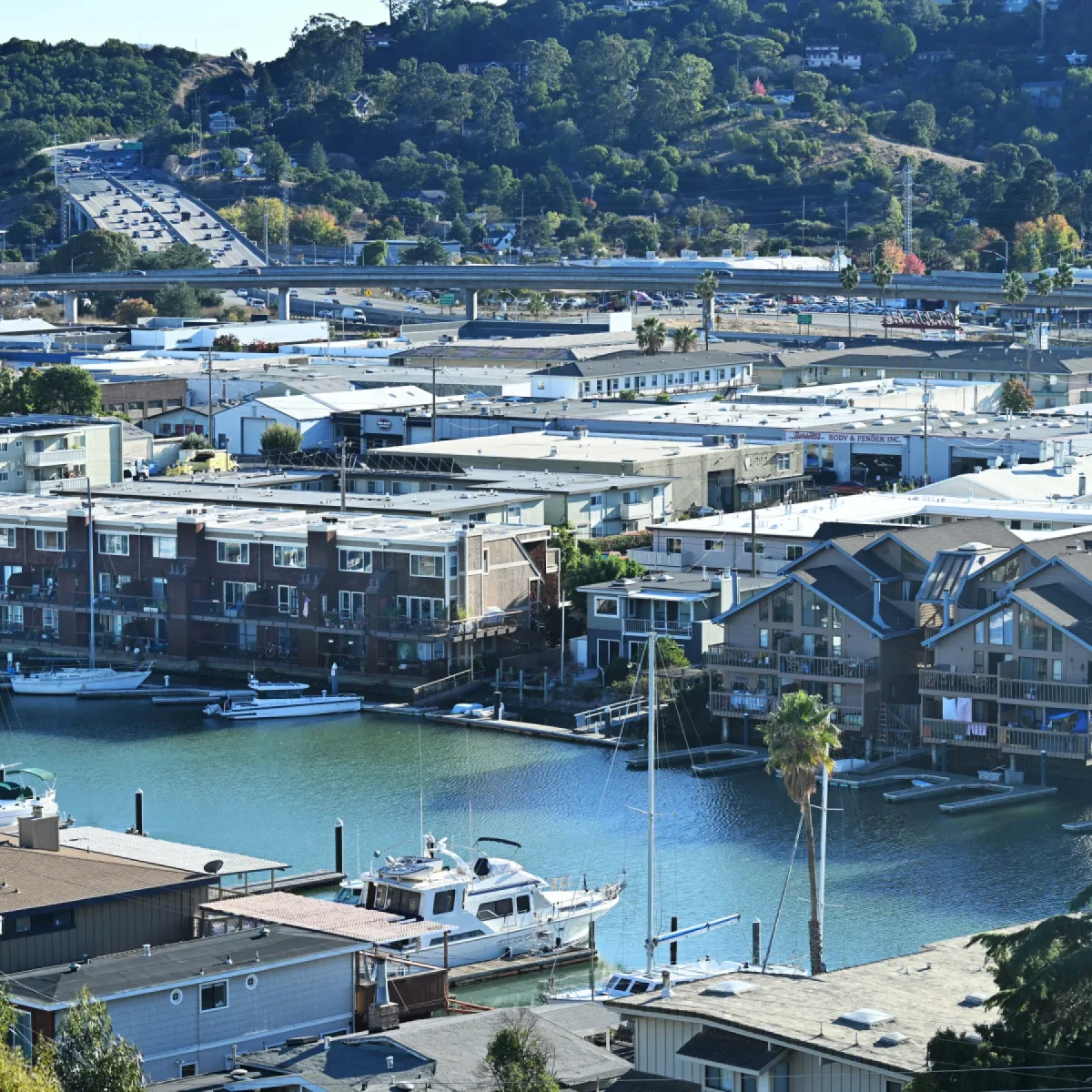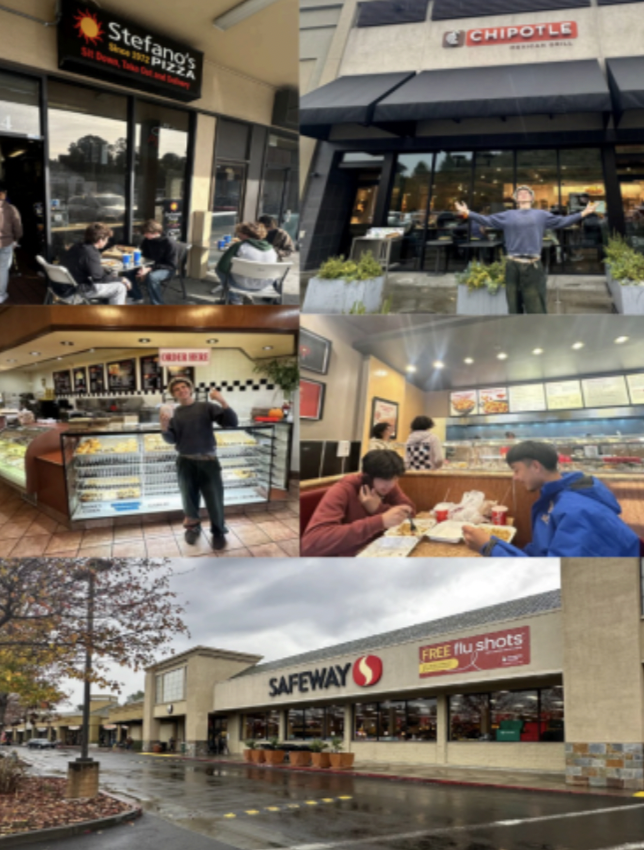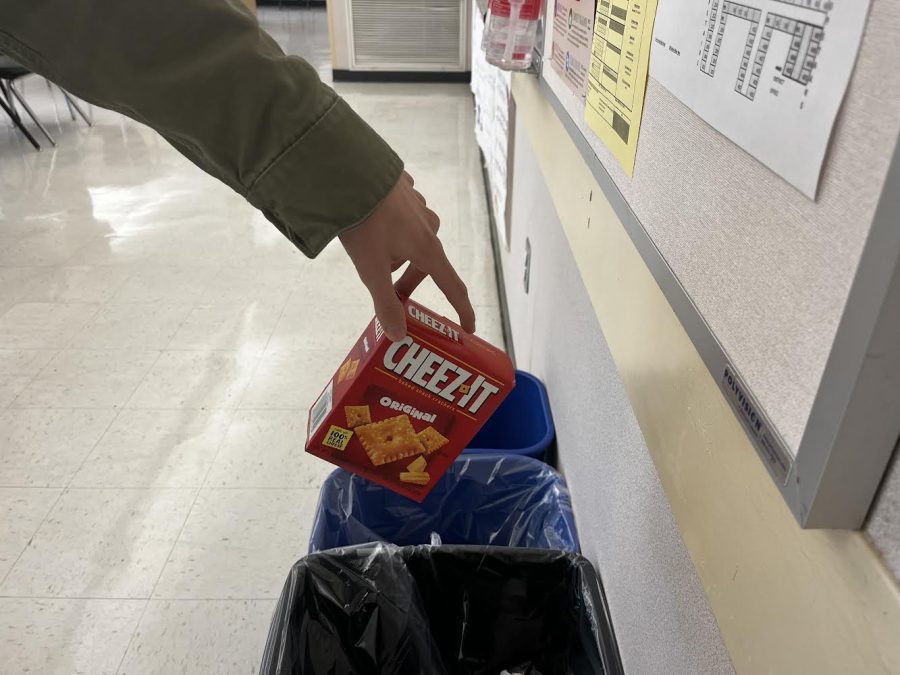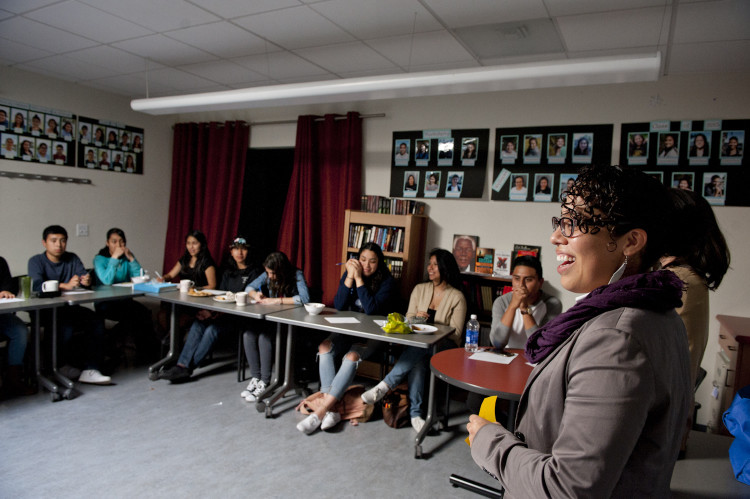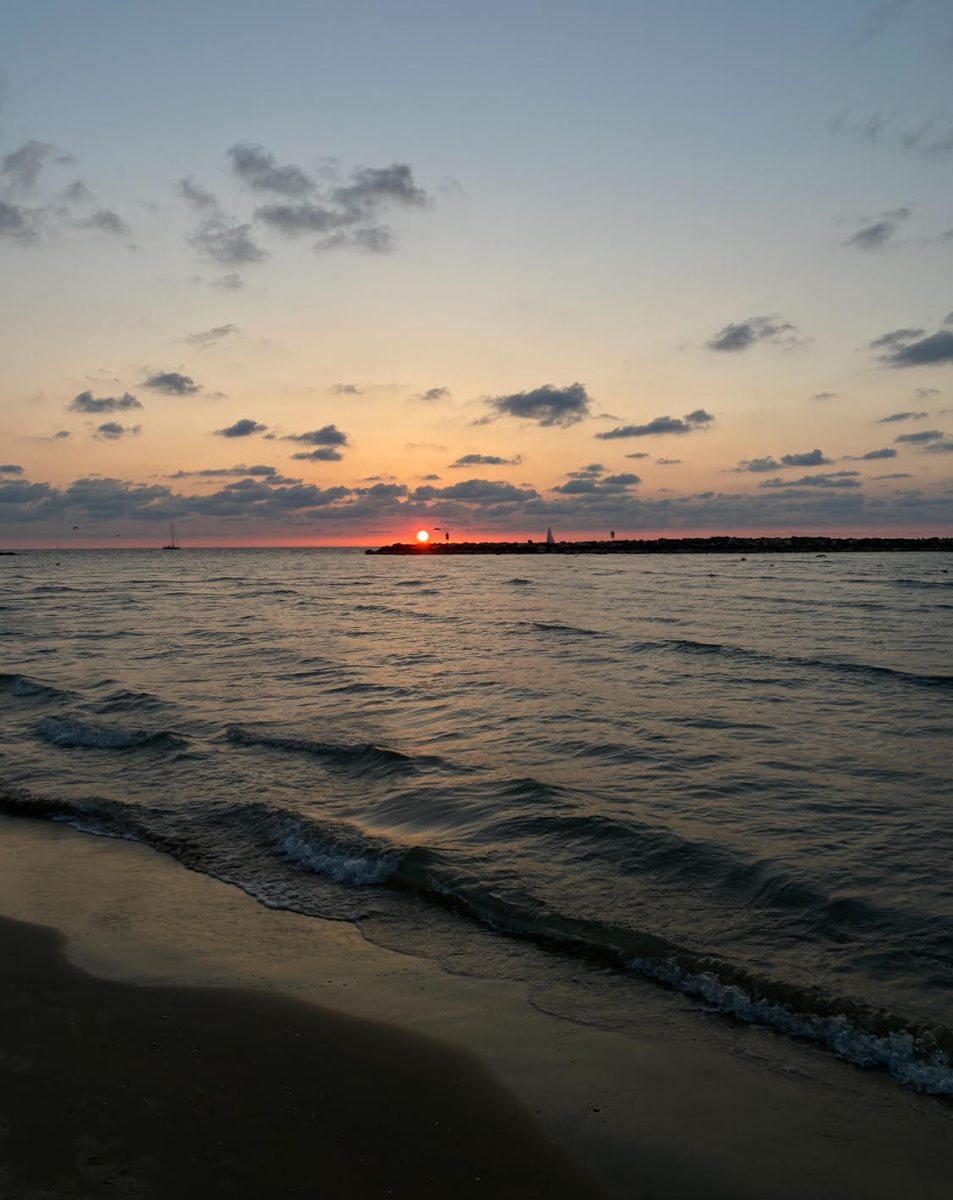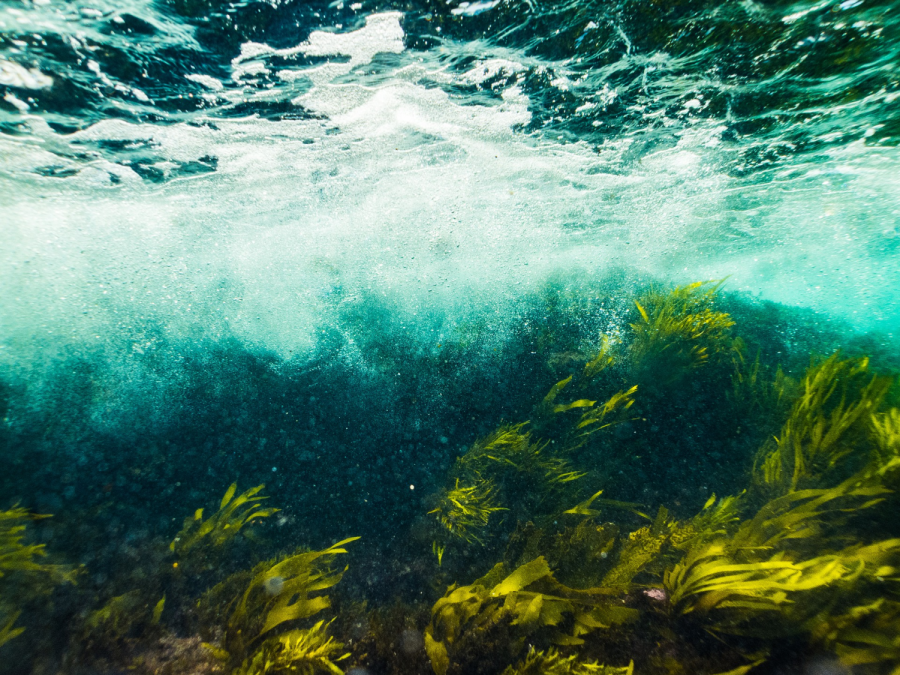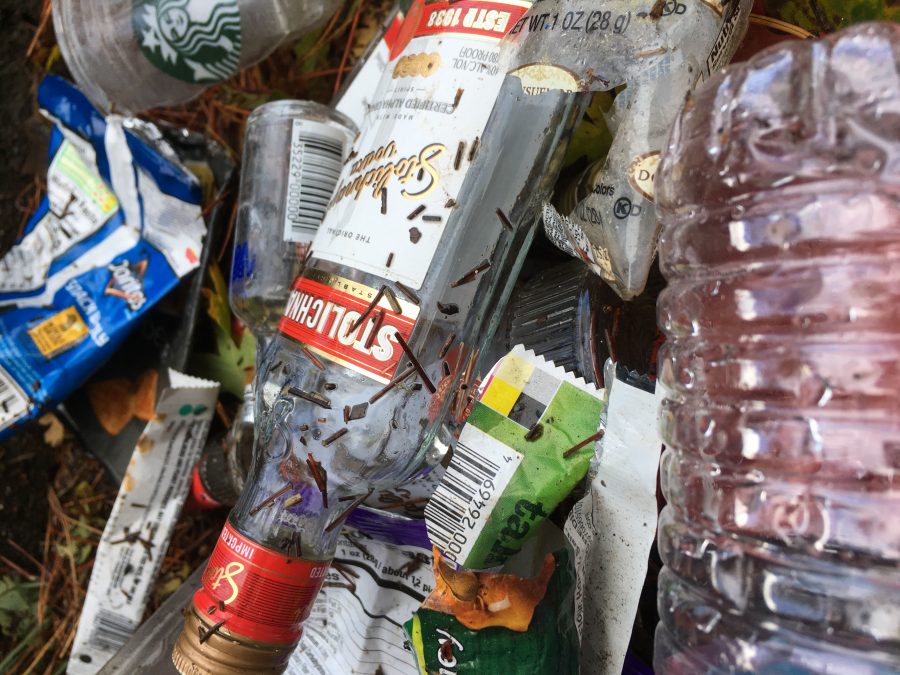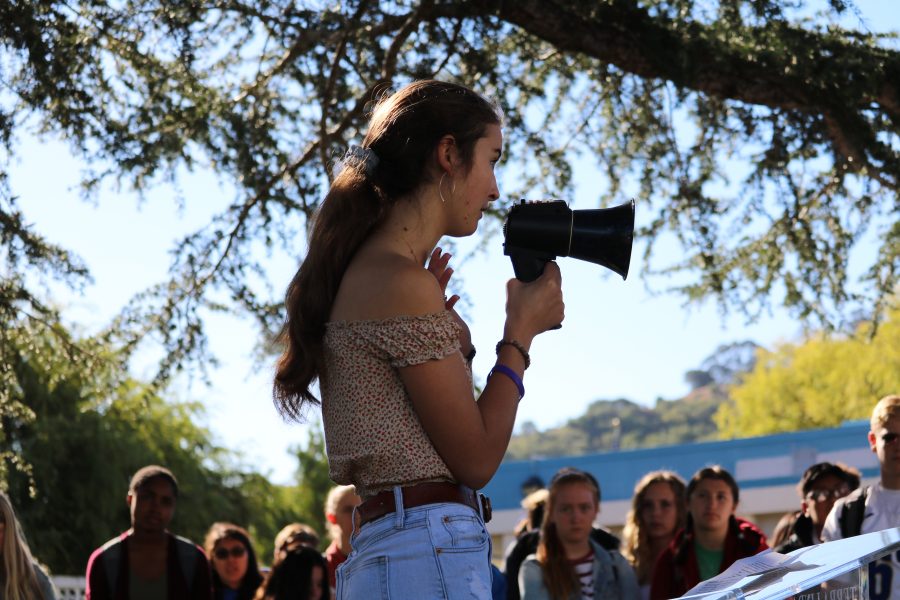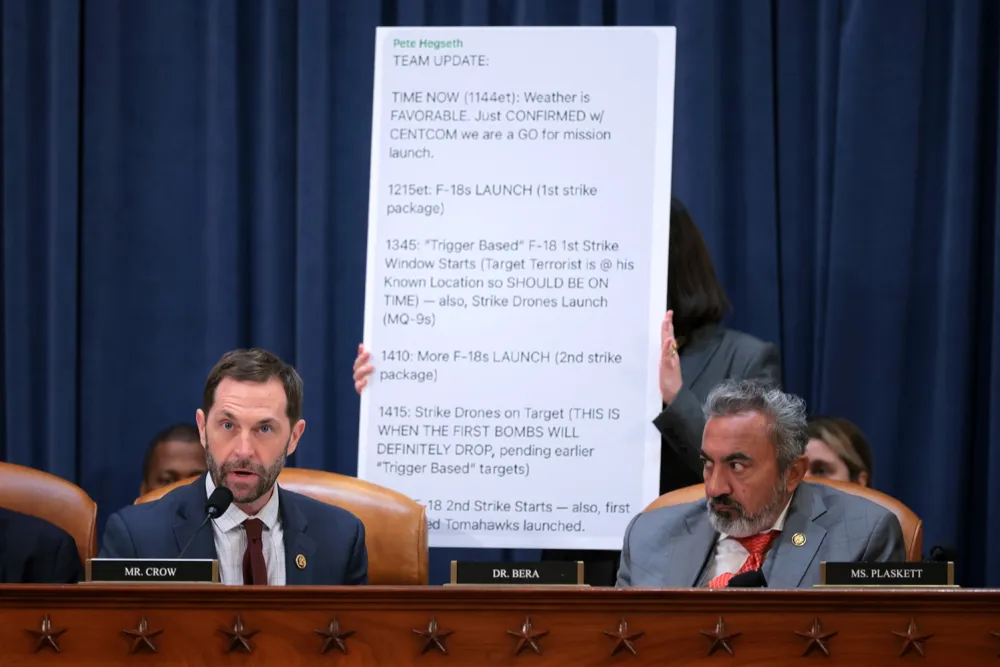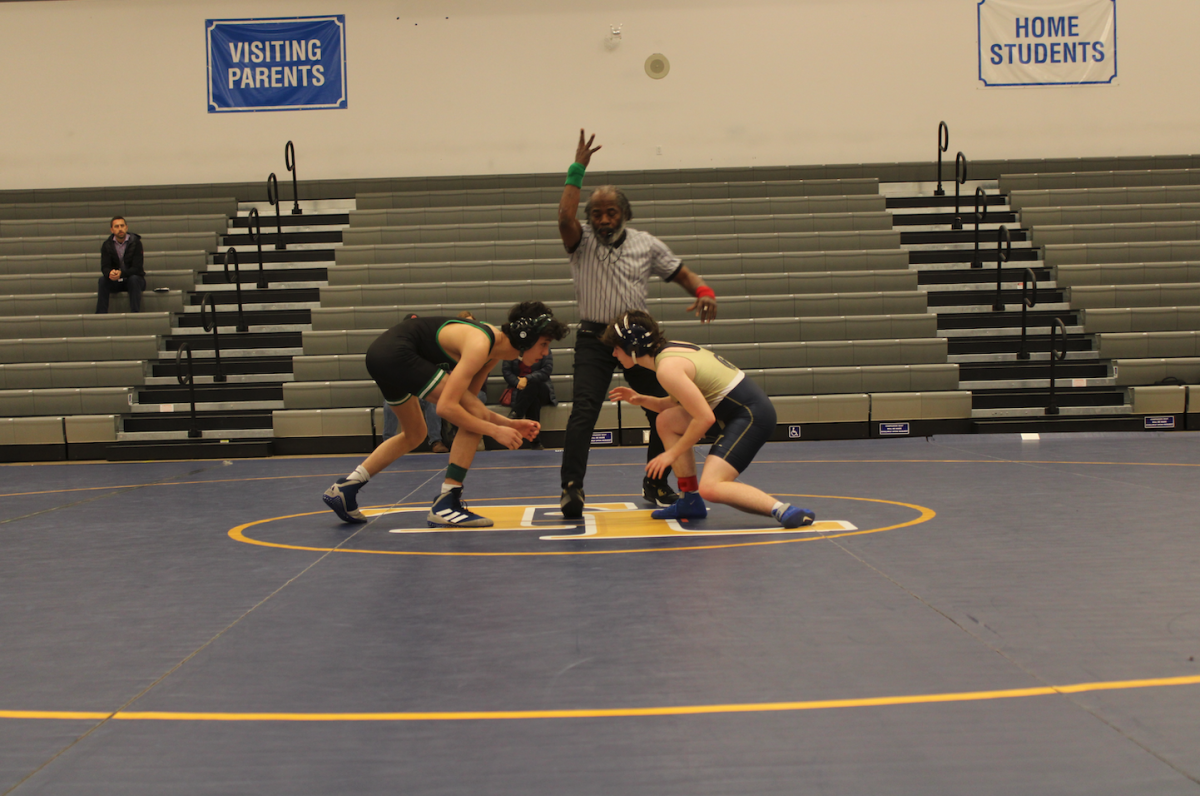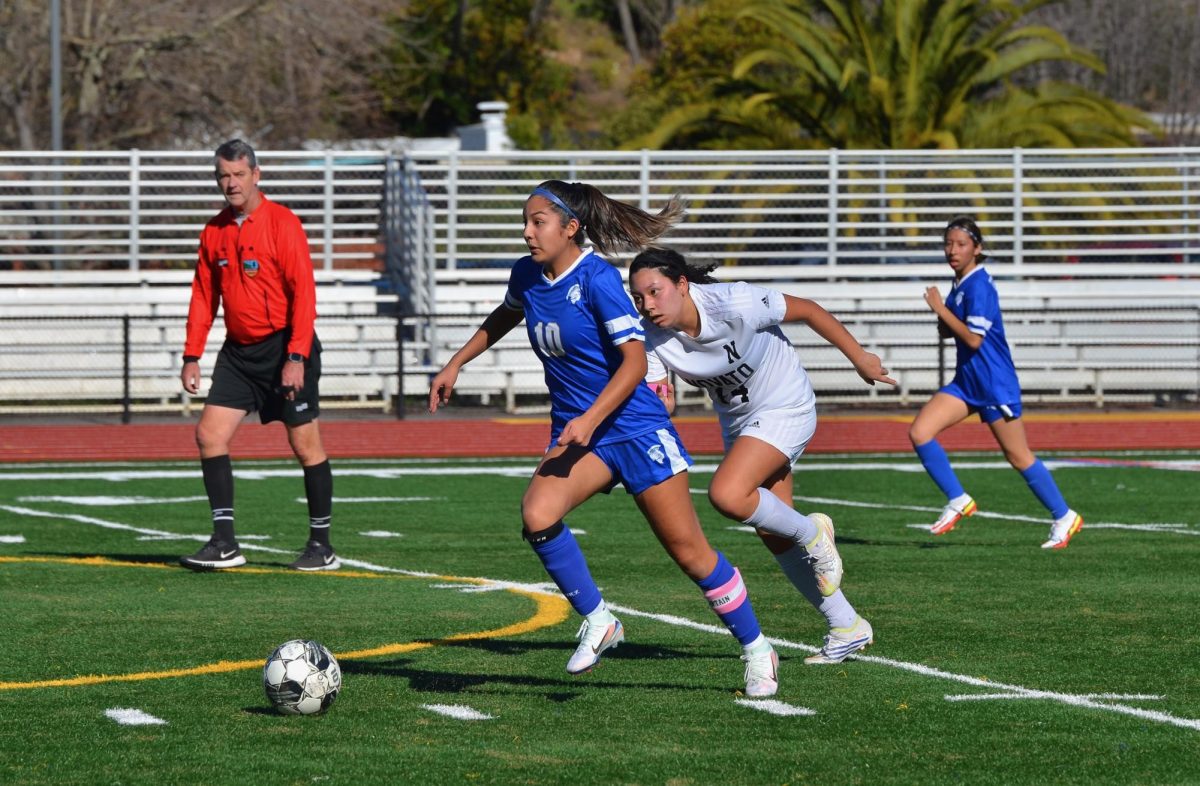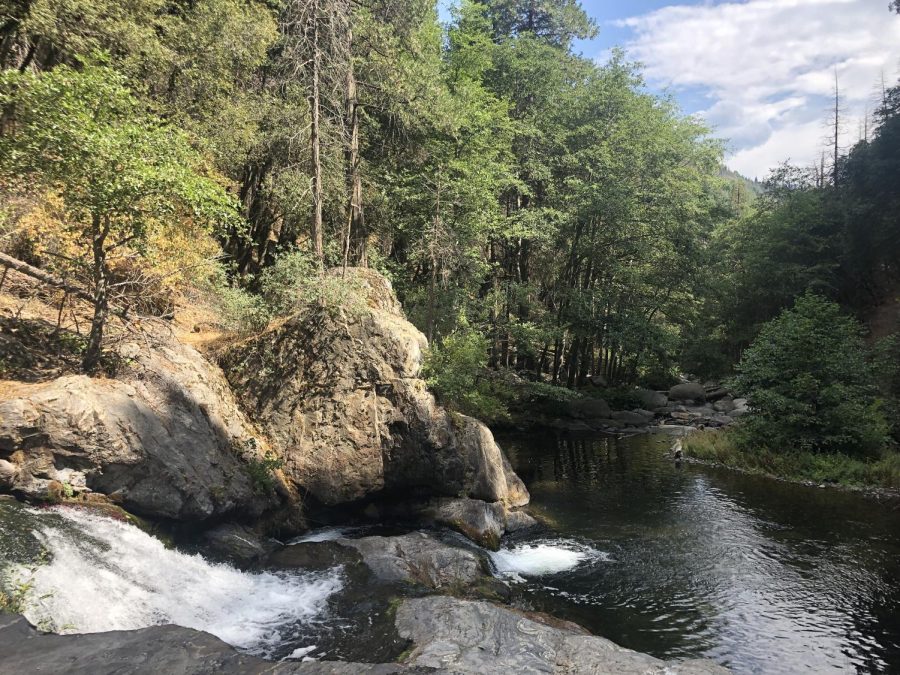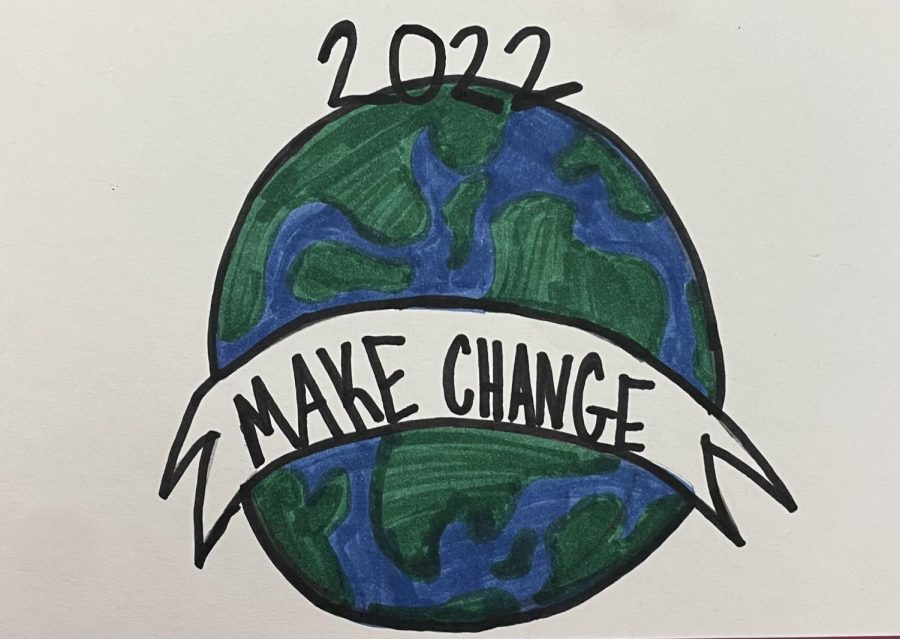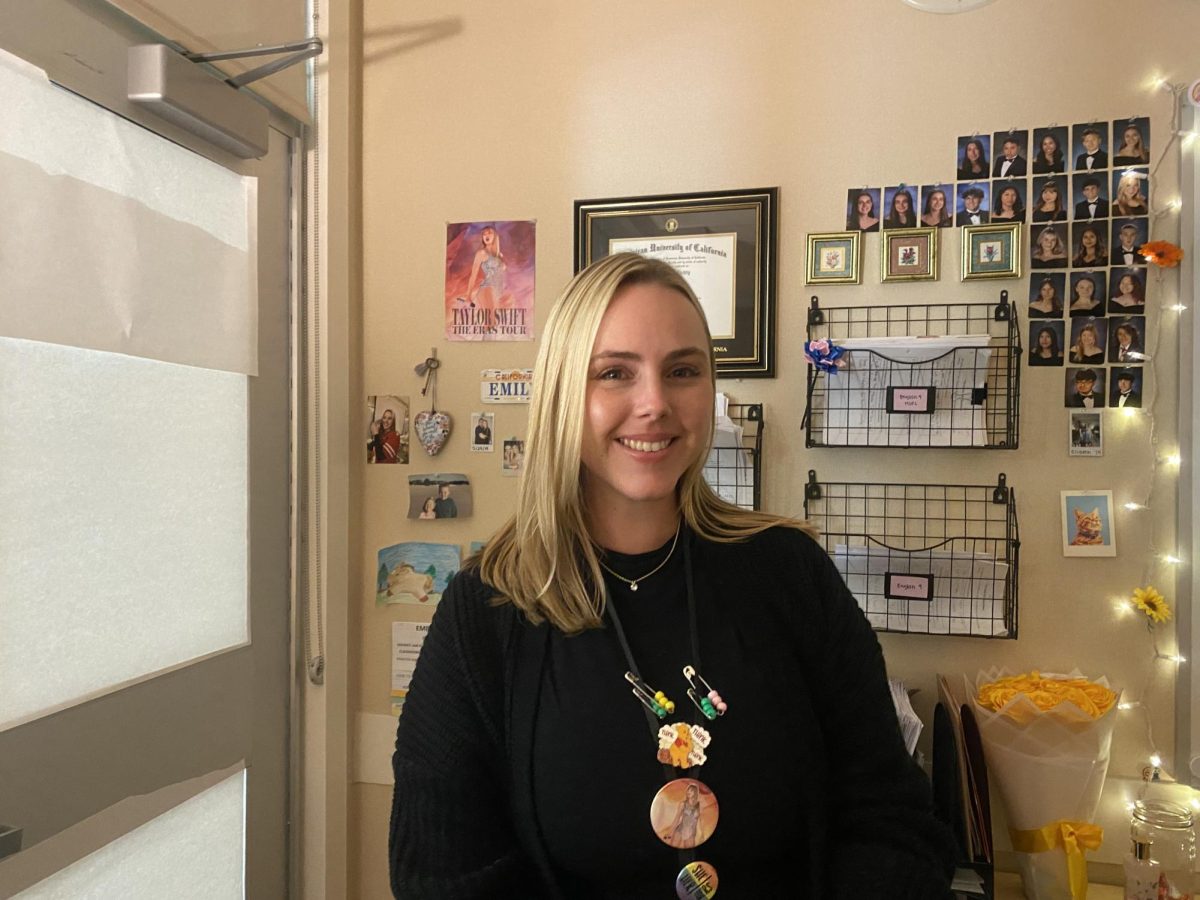In San Rafael, sea level rise is no longer a distant concern—it’s a present reality. As ocean temperatures rise from absorbing heat in the atmosphere, water expands and surface ice melts, causing the sea level to creep higher each year. This change, known as sea level rise, is already affecting shorelines around the globe, causing flooding, pollution, and erosion.
In some areas the land rises faster than the sea, lessening any damages caused by rising water levels. However, that’s not the case in San Rafael. Here, the land is sinking by several feet in some places, making the impacts of sea level rise even worse. This unfortunate phenomenon occurs because San Rafael is built on a marsh. With the weight of San Rafael’s buildings lying on top of the marsh, it flattens, bringing the land closer to the sea. As a result, when flooding occurs, pollutants are swept rapidly into the San Francisco Bay, damaging the environment and threatening local ecosystems.
Kate Hagermann, a Climate Adaptation and Resilience Planner for San Rafael, emphasizes that we can’t prevent sea level rise entirely, but we can prepare. “Sea level rise is a when, not an if,” she says. Because of this, San Rafael is already partnering with the community and organizations like the University of California, Berkeley to develop strategies that reduce damage and help the city recover quickly from future flooding. To put these plans into action, the city is constructing levees and seawalls in vulnerable areas most at risk of potential flooding, like the Canal district; elevating critical infrastructure through updated building codes; and hosting public workshops to make sure residents are informed and prepared. These efforts aim to make adaptation equitable and effective, especially for at-risk communities.
Future efforts must focus on slowing the rate of sea level rise and adapting to the changes ahead rather than completely stopping it. While the global community of countries, organizations, researchers, and people collaborating across borders must take the lead in addressing climate change, individuals—even high school students—can still make a meaningful difference. By reducing pollution, conserving energy, and getting involved in local climate efforts, everyone can play a role in protecting our coastlines. Cutting down on pollution, especially greenhouse gas emissions, slows global warming, while conserving energy reduces our dependence on fossil fuels. Getting involved locally, whether through restoration projects, advocacy, or climate education, helps communities like San Rafael build resilience and adapt more effectively to rising waters.
The key takeaway? Sea level rise isn’t on the way—it has already arrived. And it’s up to us to face it together.


